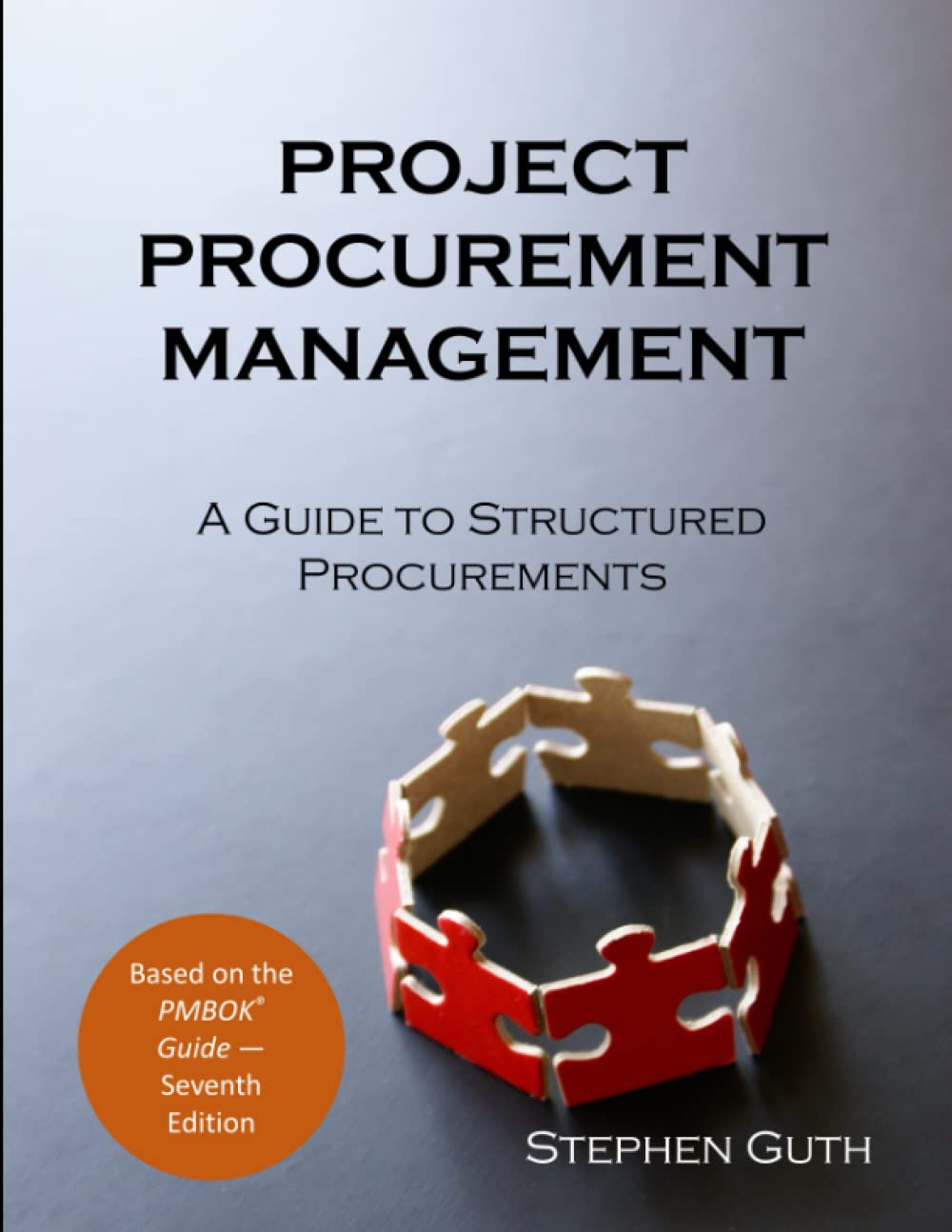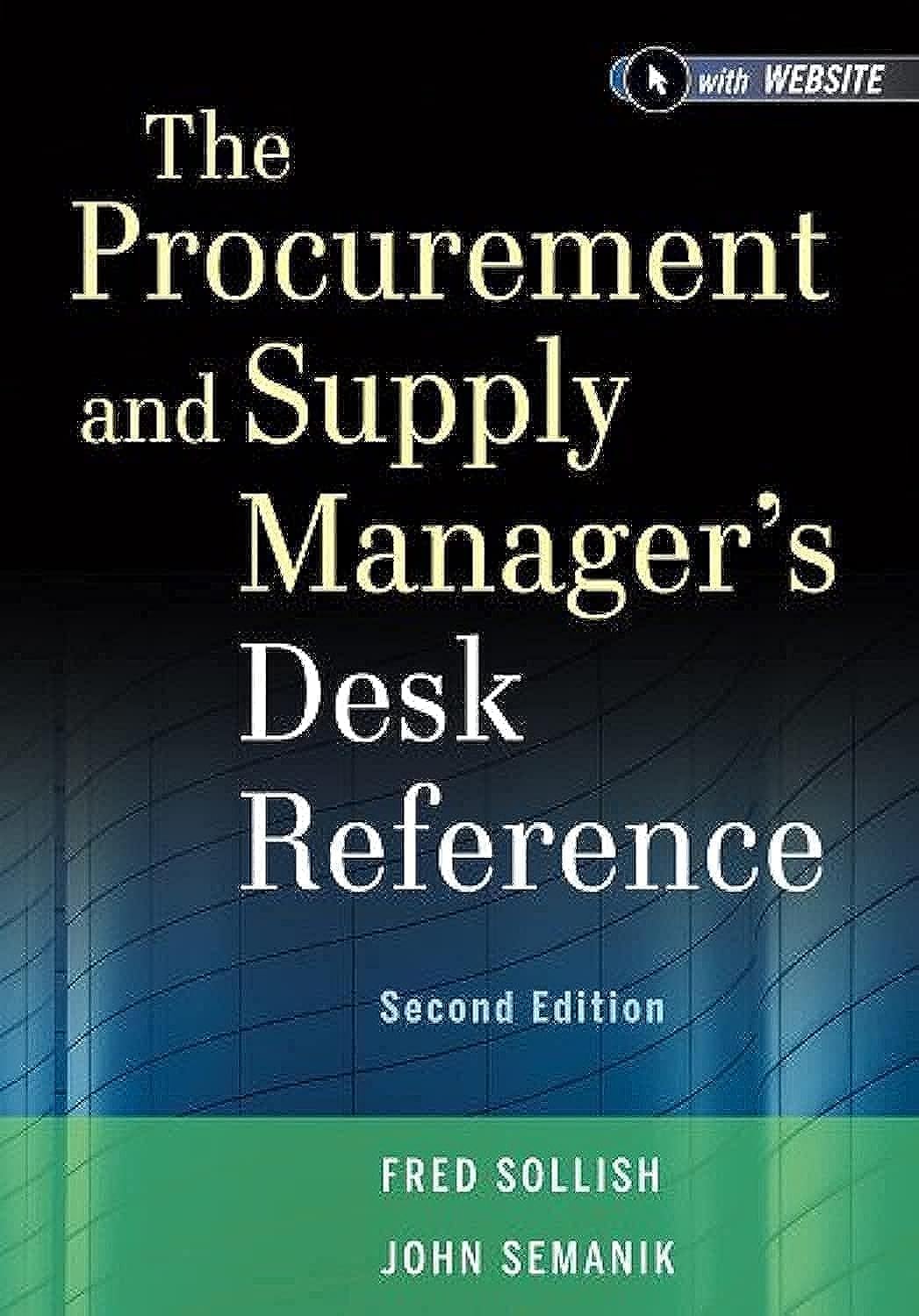
Procurement Strategy
What is Procurement Strategy?
A procurement strategy is a structured plan that outlines how an organization will acquire goods, services, or works from external suppliers. This approach supports business objectives by ensuring purchases are cost-effective, timely, and aligned with operational needs. It involves assessing internal requirements, analyzing market conditions, managing supplier relationships, and ensuring compliance with policies and regulations. Depending on the project’s scale and complexity, the strategy can cover short-term purchasing or long-term supplier agreements.
A strong procurement strategy in project management reduces risks, controls costs, and contributes to project success. It defines whether to outsource or complete tasks internally and identifies the best sourcing methods. Public and private sector organizations often develop procurement strategies to meet governance standards and improve efficiency.
Key Points
- Aligns procurement activities with organizational goals and project timelines
- Helps determine whether to make or buy resources
- Reduces procurement-related risks and ensures supplier performance
- Considers total cost of ownership, not just purchase price
- Supports ethical and sustainable sourcing when applicable
- Can include strategic partnerships, framework agreements, or competitive tendering
- Requires coordination with legal, financial, and operational teams
- May differ between industries based on regulatory and market factors
Related Terms
- The procurement plan outlines which items or services the organization will procure and when to acquire them.
- A make-or-buy analysis helps determine whether the organization should produce goods internally or purchase them from external suppliers.
- Vendor management refers to the process of overseeing supplier performance and maintaining productive relationships.
- The contract management process ensures all parties meet their contractual obligations throughout the agreement’s life cycle.
- A sourcing strategy identifies and evaluates potential suppliers based on cost, quality, and risk factors.
Procurement Strategy: Example
A government agency plans a significant infrastructure project and develops a procurement strategy to guide how it will hire contractors, acquire construction materials, and source technology systems. The strategy includes a competitive bidding process to ensure transparency and value for money. It outlines evaluation criteria, contract types, risk mitigation plans, and supplier diversity targets. The procurement team works with legal and finance departments to finalize terms before issuing tenders.
Procurement Strategy: Best Practices
- Involve key stakeholders early to define clear procurement objectives
- Conduct market research to identify suitable suppliers and pricing trends
- Apply consistent evaluation criteria during the supplier selection process
- Monitor contract performance and adjust strategy as the project needs evolve
- Ensure transparency, fairness, and compliance with legal requirements
Additional Resources
Preparing for a PMI certification?
- Exam Prep Courses: PMP®, CAPM®, and PMI-ACP®
- Exam Simulators: PMP®, CAPM®, PMI-ACP®, PMI-PBA®, PMI-RMP®, PMI-SP®, PgMP®, and PfMP®
- Professional Development Units (PDUs): 15, 30, and 60 PDU Bundles




